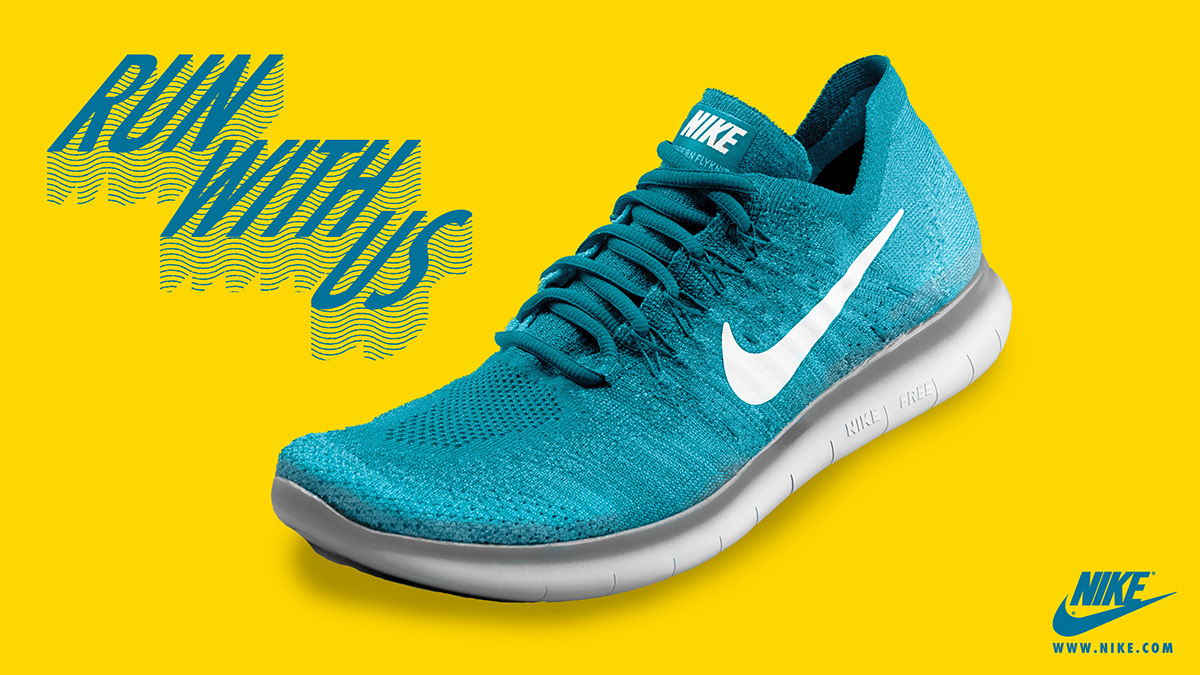Understanding About Nike Shoes – Nike, Inc. is one of the world’s largest American footwear, apparel and sports equipment companies. The company works with players like Cristiano Ronaldo, Leroy Sane, Kylian Mbappe, Ronaldinho, Wayne Rooney, Rafael Nadal, Pete Sampras, Tiger Woods, LeBron James, Kyrie Irving, James Stewart, Michael Jordan, etc. Known for sponsoring professional athletes around the world.
Understanding About Nike Shoes
airmaxnike – Additionally, he has agreements with various world football teams such as Liverpool F.C., F.C. Barcelona, Sevilla FC, F.C. Basel, Chelsea FC, Tottenham Hotspur, AC Sparta Prague, Red Star Belgrade, Inter Milan, VfL Bochum, VfL Wolfsburg, Hertha BSC Berlin, PSV Eindhoven, Valencia C.F., Urawa Reds, Kaizer Chiefs, Atletico Madrid, NK Maribor, RB Leipzig, Paris Saint-Germain, Boca Juniors, Corinthians. They are often accused of employing underage children in sweatshops.
Nike Asia
Aside from a brief but failed experiment with manufacturing in the United States, Nike shoes have always been made in Asia, first in Japan, then in South Korea and Taiwan, and more recently in China and Southeast Asia.
Attracted by cheap labor, Nike began production in South Korea and Taiwan in 1972, and other companies such as Adidas and Reebok soon joined.
Baca Juga : Daya Tarik Pariwisata Mojokerto
But Nike went further. The company does not have its own factories and outsources production to local manufacturers in South Korea and Taiwan. Nike CEO Phil Knight said: “There is no fixed value in creating something. “Value is created through research, innovation, and careful marketing” (Katz 1994). Nike’s current products basically follow the ideas of shoe designers and marketers. At that time, the industry was run by suppliers from South Korea and Taiwan. Again, other companies are following this model. In the 1980s, Nike tried to establish production in China by working with state-owned companies, but the results were disastrous. Nike then shifted its investment to Taiwan. So Nike takes advantage of low labor costs.
In the late 1980s, labor unrest in South Korea (increased wages and loss of workplace control by Korean authorities) made the country less attractive to domestic and foreign investors looking for more attractive locations. Nike then moved its operations to southern Thailand and Indonesia in search of cheaper and easier labor. Wages in these two countries are relatively low, only a quarter of the wages paid in South Korea. Several Nike associations headquartered in Taiwan have also been established in Southeast Asia.
Another reason for this action was that in 1988, both South Korea and Taiwan lost the special access to the US market that they had long enjoyed as “developing countries” under the US Generalized System of Preferences (GSP). Investors from South Korea and Taiwan then took advantage of the privilege of APS manufacturing in poor countries to expand to factories in Thailand, Indonesia and China.
Of Nike’s seven largest suppliers of athletic shoes in 1992, three were Taiwanese companies producing products in China, three others also had operations in South Korea and Indonesia, and one was a Thai company. Nike Indonesia
Nike has operated in Indonesia since 1988, and almost a third of the shoes sold today are produced there.
Nike’s relationship with Indonesian contractors is very close. All Nike personnel at all factories in Indonesia check quality and workmanship to meet Nike requirements.
Most of Nike’s production factories are located in the developing light industrial areas of Tangerang and Serang in West Jakarta. In Korean factories (and some Indonesian factories), top management positions are Korean. Mid-level managers and supervisors may come from South Korea or Indonesia. However, all production workers come from Indonesia, especially young women aged 16 to 22 years. Most of these workers come from Java.
baca juga : Best Adidas Women’s Shoes
story
Nike’s footwear and sportswear products are easily recognized by the company’s signature logo, the “Swoosh” check mark, and the “Just Do It” slogan.
Based on the name of the Greek goddess of victory, Nike was created in 1964 by Oregon athlete and entrepreneur Phillip Knight to compete with world-famous German brands such as Adidas and Puma. It was founded when the idea of importing running shoes from Japan was conceived for the purpose of the country’s market being dominated by the United States. The advantage of Japanese shoes is that they are cheap due to low labor costs. He started selling shoes at sports stadiums and his sales slowly but surely increased drastically. In the 1970s, Knight and his growing company saw the start of the jogging revolution and began marketing their products to amateur runners. After that, they quickly developed a large market and changed the image of running shoes to fashion shoes, attracting the attention of people from children to adults.
By 1979, Nike controlled half the US market and had sales of $149 million. In the mid-1980s, the company’s position seemed safe, until suddenly a competitor came under attack: Reebok. However, in 1990, Nike returned to management, largely due to the introduction of the Air Jordan shoe, which was endorsed and promoted by basketball star Michael Jordan.
Today, Nike maintains its position as a leader in sports footwear and is also a leading company in sports apparel and accessories. Fortune magazine reported 1994 sales of $3.7 billion and profits of $299 million (Fortune 1995). About 60 percent of the company’s sales are generated in the United States, about 30 percent in Europe, and 5 percent in Asia. (Nike 1993: 25).
Nike’s ethos includes a strong commitment to sport and fitness. Employees at Nike World Campus, the company’s headquarters in Beaverton, Oregon, are expected to spend several hours each day at the gym. Nike directors describe them as “the kind of sporty, outdoorsy people you want to work with.”
In OWII’s words, the company wants to be considered a “young, American, high-tech company that pays a lot of attention to research and development.”


